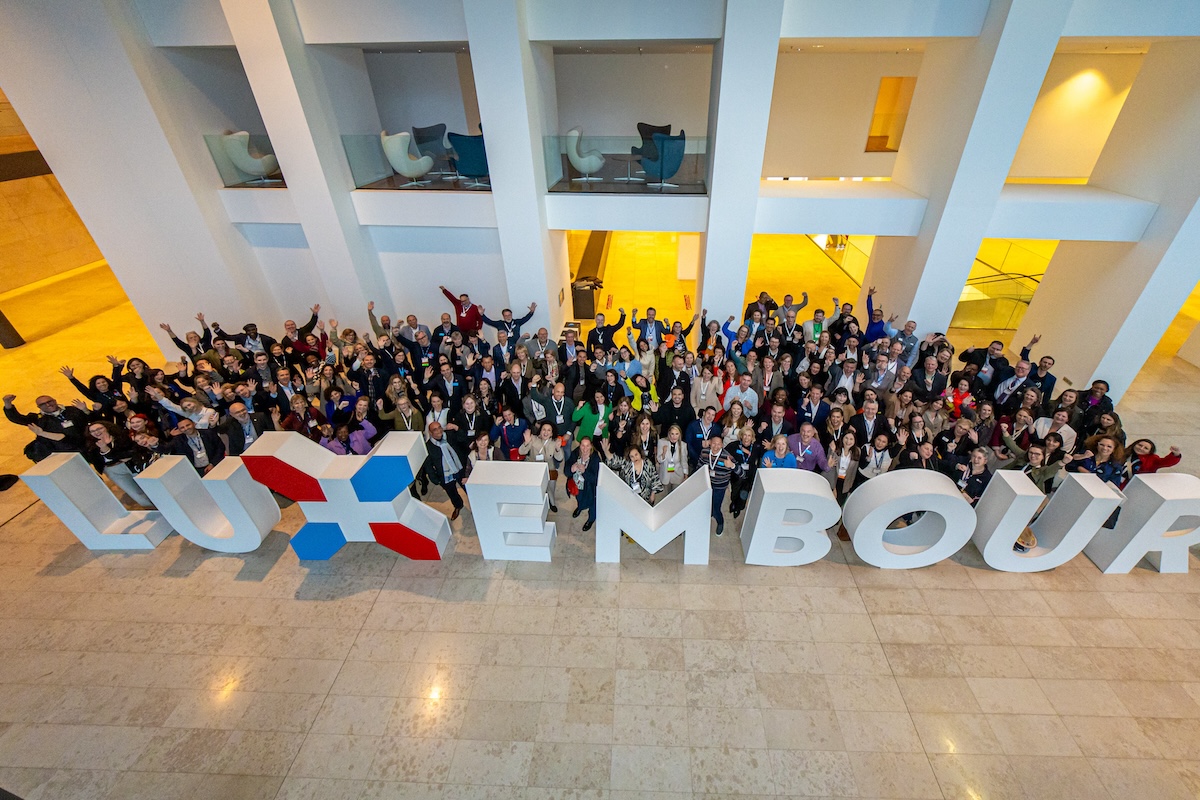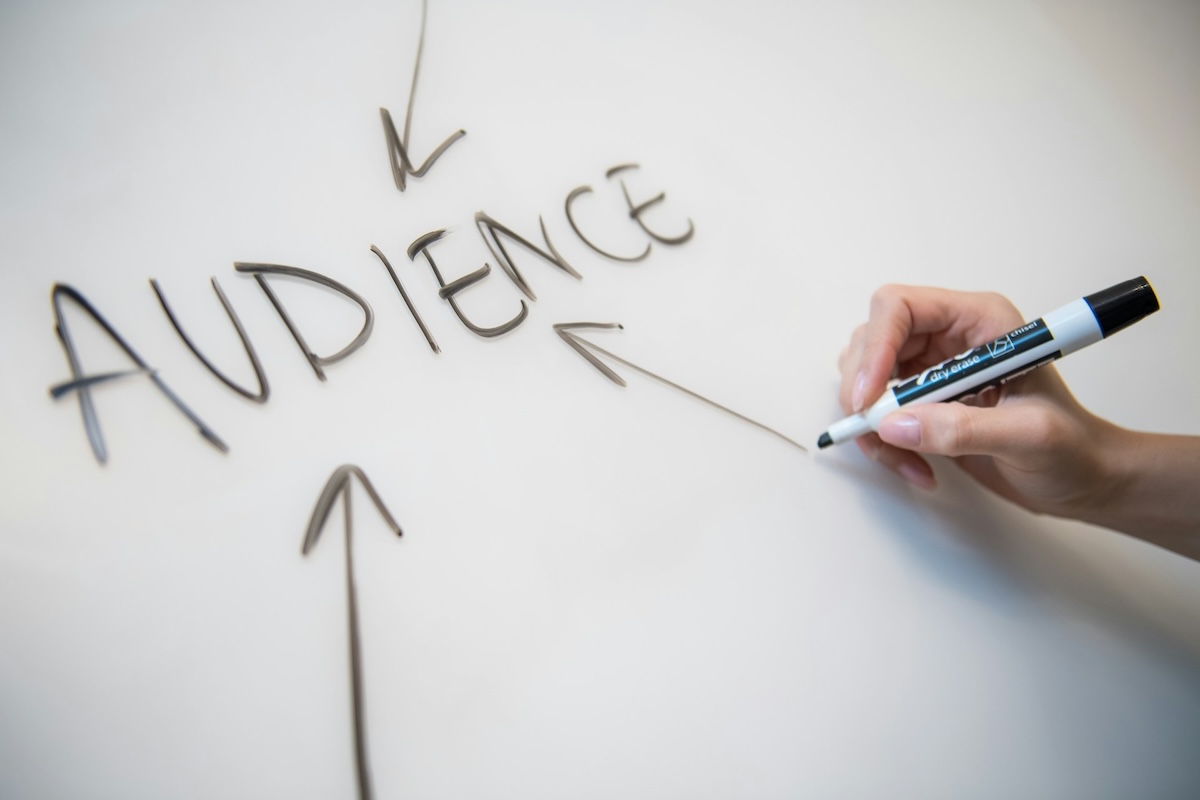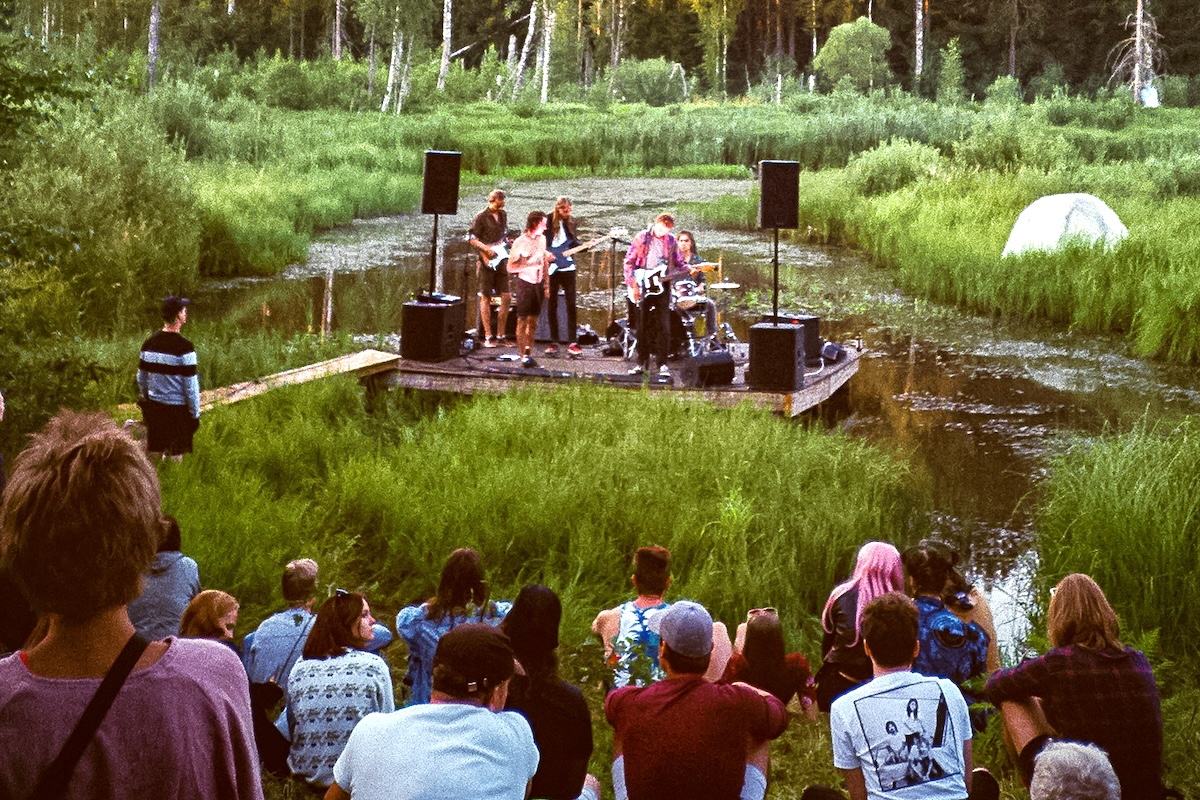Skift Take
Perfecting in-person meeting agendas may require a break with tradition. Here are 5 ways a thoughtfully reimagined agenda will secure more registrations and deliver more value to discerning attendees.
When it comes to a successful agenda strategy for in-person events, it is time to get comfortable with being uncomfortable. In reality, only some agenda-planning standards are still relevant in 2023.
Over the last three years, agenda approaches have leveraged trial and error to address mercurial influences. New platforms and tools, hybrid formats, and increased video-on-demand consumption all played a role. Even more paradigm shifts have been precipitated by accommodating remote and non-remote workers.
The good news is that the recent experimentation with hybrid and virtual events netted rich learnings that inspired planners for the next wave of in-person events. Rather than relying on previous tried and true formulas, planners are building new structures and using content in ways that will compel registration and attendance and maximize results.
1. Less Is Exponentially More for Keynotes
Despite experts recommending shorter keynotes, session durations still fell within the 45 to 120-minute range in the second half of 2022. Impact Point Group, a boutique consultancy based in Denver, Colorado, audited 16 events held from July 2022 to December 2022.
Even in 2019, keynotes lasting two hours were an outrageous indulgence but more so now considering fatigued, stressed audiences struggling to readjust to human contact. Forty-five minutes should be adequate to convey key messaging and themes. Of course, keeping keynotes at or under 45 minutes takes discipline, but this bold move, combined with focussed content and interactive formats, will help keep attendees engaged and in their seats.
2. Content Remains King, But the Crown Becomes Aspiration
Attendees like events with content that helps them do their specific jobs better. However, agendas that only color within these lines in 2023 are squandering opportunities. Building event agendas around particular skill-building and job performance is advantageous and excellent for audience acquisition. However, the key to amplifying core content sessions onsite is complementing them with aspirational content that transcends their immediate goals. Think of stories of extreme success and triumph over adversity that fall within their field of expertise. These short segments can be customer or partner driven and should support the event’s central theme. Infusing aspirational content into agendas will provide a respite, allow attendees to absorb the main program better, and leave the event replete.
3. Start and End Times Morph Into Infinite Story Arcs
Rather than agonize over linear agendas, take a queue from experiential innovators Meow Wolf. This arts and entertainment company creates immersive installations that facilitate autonomous journeys for its visitors. The fact that everyone’s experience is different is what makes them so transformational. Adapting this approach to events requires layering content and experiences. There is also a need to release attendees from a rigid agenda and encourage them to embrace a more fluid and individualized adventure. While this flexible and accommodating approach can make managing operations more complex, it may help improve the onsite registration flow and increase cumulative attendance.
4. Space Allocations Influence Transition Times
With many in-person meetings being smaller and more focussed than before the Covid pandemic, agenda formats that support condensed floorplans and intimate groups are essential. Although counterintuitive, extending transition times and breaks by 5-10 percent can help make the overall experience feel better and less transactional, especially if access to experts is available concurrently.
5. Networking Gets an Intervention and Elevation
You can use every break or transition for networking. While overall programs benefit from a looser, inclusive structure, the opposite is true for networking. Ensure staff members are ready and comfortable to make introductions at all social opportunities proactively. Providing time and space is insufficient to facilitate meaningful connections that translate into memorable events that deliver on goals.
Photo credit: Christina @ wocintechchat.com / Unsplash





